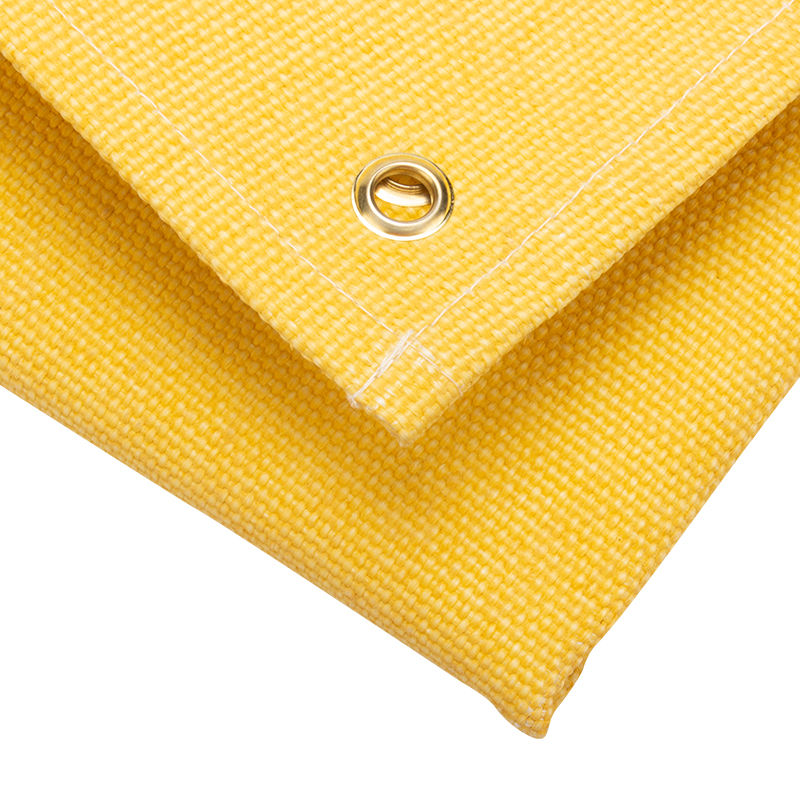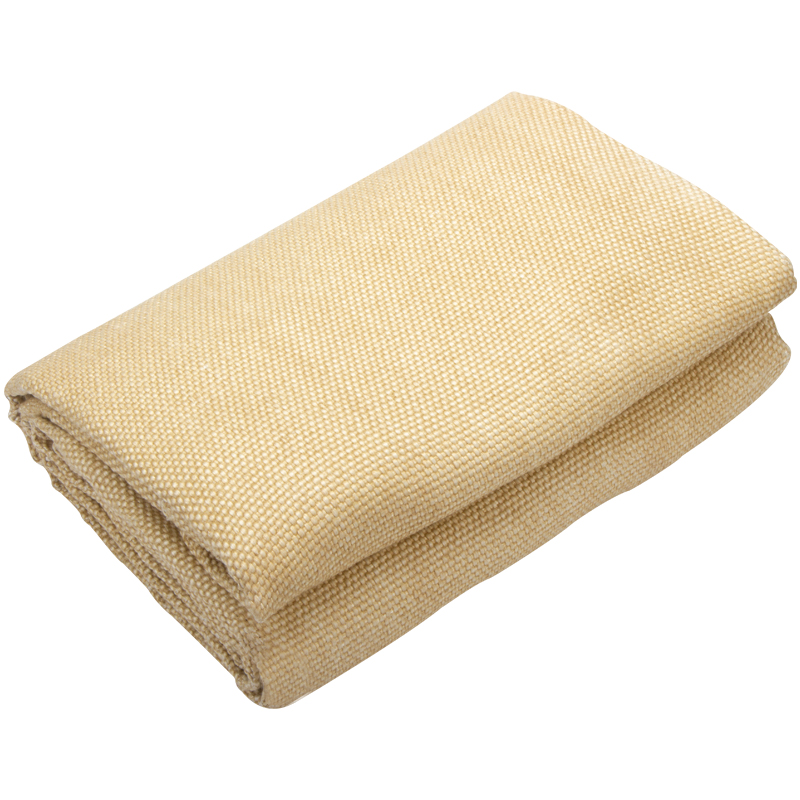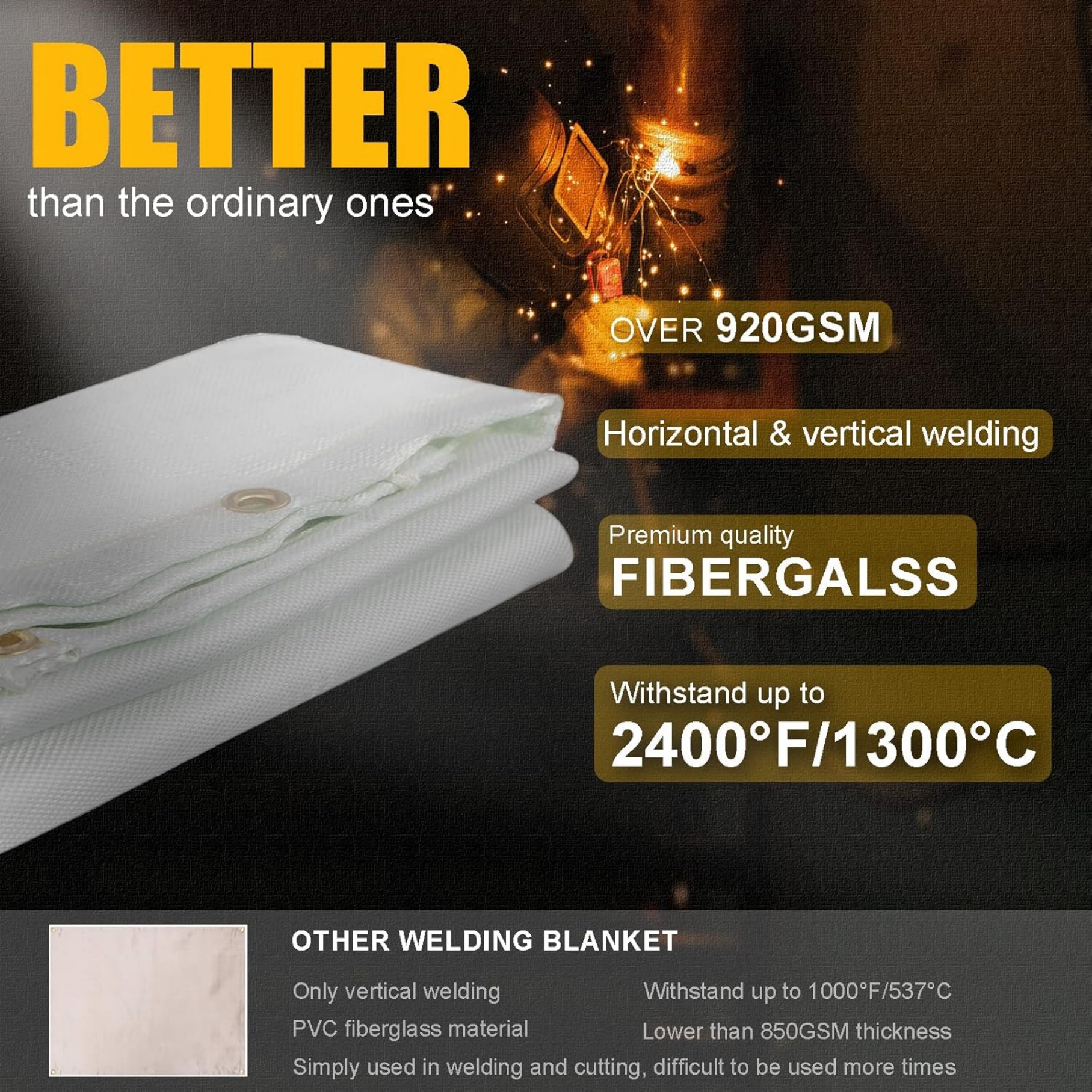Valve Fire Blanket Guide: How to Choose & Use for Industrial Safety
This guide explains valve fire blankets - specialized fire protection for industrial valves. You'll learn how they work, when to use them, installation tips, and maintenance requirements to enhance workplace safety.
What Is a Valve Fire Blanket?
A valve fire blanket is a flame-resistant cover designed specifically to protect industrial valves from fire damage. Unlike regular fire blankets used in kitchens, these are heavy-duty solutions made for high-temperature environments in oil refineries, chemical plants, and other industrial settings.
When properly installed, a valve fire blanket:
- Shields valves from direct flame exposure
- Prevents heat transfer to sensitive components
- Maintains valve functionality during emergencies
- Buys critical time for shutdown procedures
Key Applications of Valve Fire Blankets
You should consider valve fire blankets in these situations:
- Critical shutoff valves:Protect valves that must remain operational during fires to isolate flammable materials
- High-risk areas:Install in locations with frequent fire hazards or where valves are exposed
- Emergency systems:Cover valves connected to fire suppression or safety shutdown systems
- Regulatory compliance:Meet safety standards requiring fire protection for specific equipment
Pro Tip:Valve fire blankets are particularly crucial for ball valves and gate valves that control flammable liquid or gas flow. These valves often become failure points during fires without proper protection.
How Valve Fire Blankets Work
Understanding the technology helps you select the right valve fire blanket:

Material Composition:Most use multiple layers of fiberglass, silica, or ceramic fabrics with fire-resistant coatings. High-performance blankets may include vermiculite or intumescent materials that expand when heated.
Heat Resistance:Quality valve fire blankets withstand temperatures from 1000°F to 2000°F (540°C to 1090°C) for 30 minutes to several hours, depending on the rating.
Installation Methods:They typically feature:
- Adjustable straps or buckles for secure fitting
- Overlapping flaps for complete coverage
- Quick-release mechanisms for emergency access
Choosing the Right Valve Fire Blanket
Follow these selection criteria:
- Valve type and size:Measure your valve dimensions and choose a blanket that provides full coverage with some overlap
- Temperature rating:Match the blanket's heat resistance to your facility's potential fire risks
- Material compatibility:Ensure the blanket materials won't react with substances in your environment
- Certifications:Look for UL, FM, or other relevant safety certifications
- Access requirements:Select designs that allow for necessary valve operation or inspection
Installation and Maintenance Best Practices
Proper installation ensures your valve fire blanket performs when needed:
Installation Steps:
- Clean the valve surface before installation
- Position the blanket to cover all vulnerable components
- Secure all fasteners according to manufacturer instructions
- Ensure the blanket doesn't interfere with valve operation
Maintenance Checklist:
- Inspect quarterly for tears, fraying, or damage
- Check that fasteners remain secure
- Clean according to manufacturer guidelines
- Replace if showing signs of degradation
Common Mistakes to Avoid
Steer clear of these valve fire blanket errors:
- Using generic fire blankets instead of valve-specific designs
- Installing blankets too loosely (allows heat penetration)
- Blocking valve handles or indicators with the blanket
- Neglecting to train staff on proper use and limitations
- Assuming the blanket makes the valve completely fireproof

Valve Fire Blanket vs. Other Protection Methods
Compare valve fire blankets to alternative solutions:
Insulation:While insulation reduces heat transfer, it typically lacks the fire resistance of dedicated valve fire blankets.
Fireproof enclosures:These offer more comprehensive protection but are bulkier, more expensive, and may limit access.
Spray coatings:Intumescent paints can protect valves but require precise application and may need reapplication over time.
Best Practice:For optimal protection, many facilities combine valve fire blankets with other methods - using the blanket as primary protection with supplemental insulation or enclosures for high-risk valves.
Industry Standards and Regulations
Understand these relevant standards when selecting valve fire blankets:
- API 607/API 6FA:Standards for fire testing of valves
- NFPA 13/15:Fire protection system standards that may reference valve protection
- OSHA 1910:General industry safety requirements
- ISO 10497:International standard for valve fire testing
Always verify current regulations with local authorities, as requirements vary by location and industry.
Final Recommendations
To maximize the effectiveness of your valve fire blankets:
- Conduct a risk assessment to identify all valves needing protection
- Document all installations with photos and maintenance records
- Include blanket inspection in your regular safety audits
- Train personnel on proper use and limitations
- Replace blankets according to manufacturer lifespan recommendations
Remember that valve fire blankets are just one component of a comprehensive fire safety strategy. Combine them with proper maintenance, employee training, and other fire prevention measures for optimal protection.






